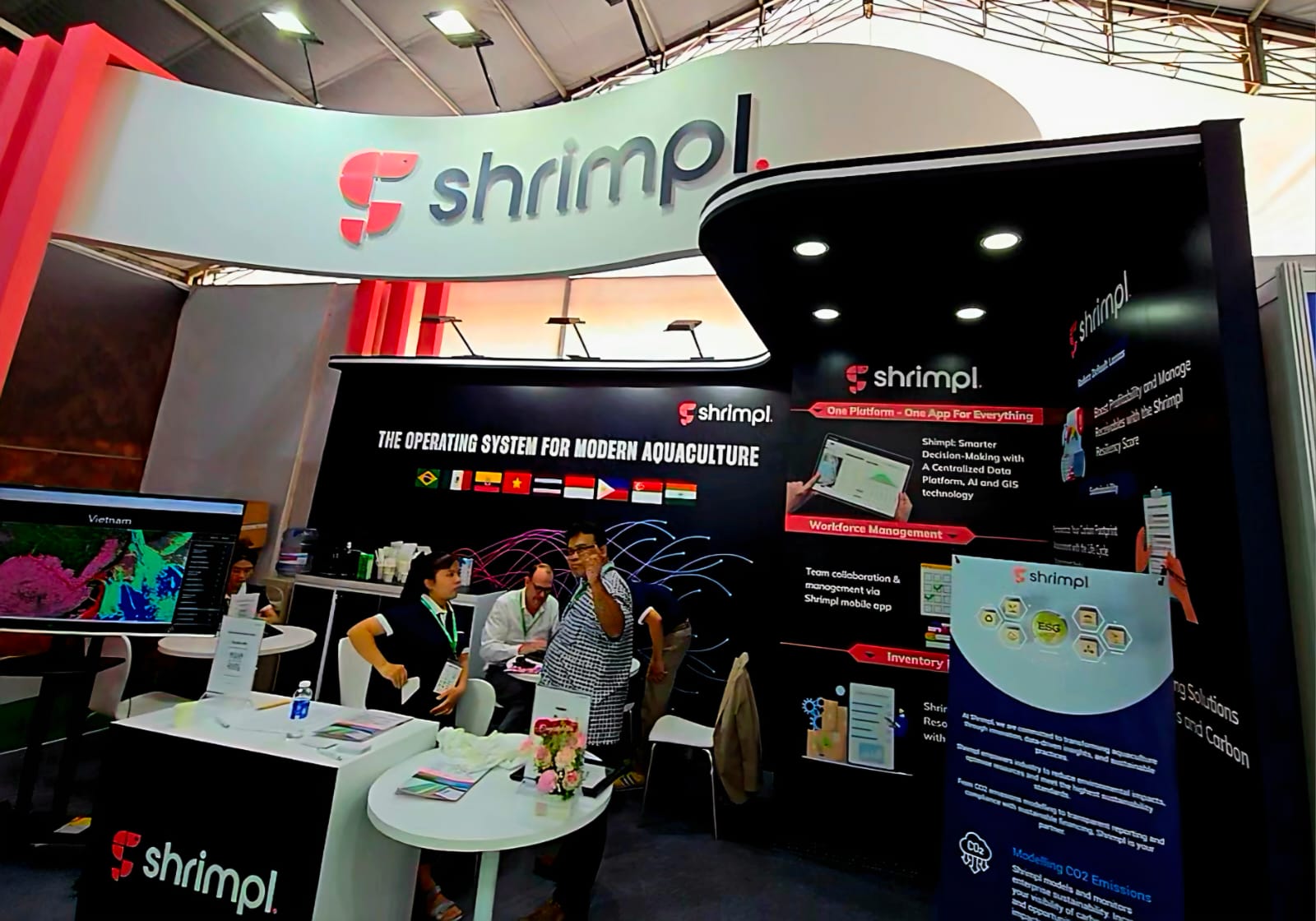

If we treat aquaculture as a business—rather than a hobby or side interest—then economic efficiency becomes its most critical element. Profitability, sustainability, and scalability all depend on how well the farm is managed at every level.
One of the most fundamental aspects of a successful aquaculture business is data transparency. Being able to monitor and analyze all internal processes through accurate and real-time data empowers farm managers and owners to make smarter decisions, reduce risk, and identify inefficiencies early on.
At the VietShrimp Expo in Vietnam, I discovered an impressive solution developed by a company Shrimpl offering one of the most advanced, integrated systems for real-time monitoring and digital management of aquaculture farms.
This technology provides a digital twin of your aquaculture operation, giving you a live, detailed view of every stage of production — from water quality and feeding schedules to financial metrics and risk analysis.
Unlike basic data loggers or spreadsheets, this is a comprehensive aquaculture management system that allows you to:
One of the system’s core advantages is its role-based access control. Technical staff, financial managers, and owners can each access only the data relevant to their responsibilities. This ensures clear, secure collaboration across the organization.
The software also incorporates predictive analytics powered by big data and mathematical modeling. With data collected from thousands of farms, it can:
Over time, the platform builds a custom reference model based on your farm’s historical performance, making each prediction even more accurate.
By integrating such a system, aquaculture operators can drastically simplify their interactions with third parties:
It’s also a powerful tool for technical audits, strategic partnerships, and IPO preparation.
The software is not limited to large-scale farms or corporations. It offers:
This mutually beneficial model allows even smaller operations to access cutting-edge digital infrastructure.
Digital transformation in aquaculture is no longer optional — it’s a strategic necessity. Real-time monitoring and automation tools turn complex, high-risk processes into manageable, predictable, and scalable business operations.
If you’re interested in exploring how such a system can be implemented on your farm, you can request a demo, consult with experts, or receive a customized integration proposal based on your operational needs.
© Dmitry Yakovlev